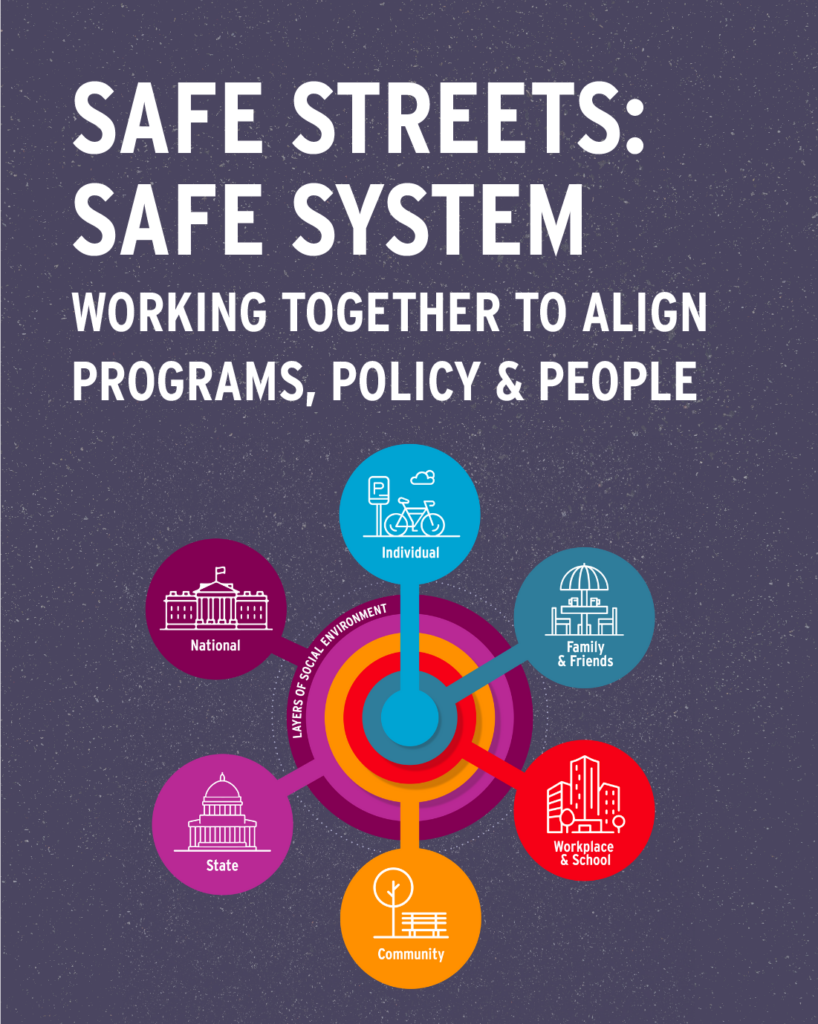DISCOVER YOUR LOCAL BICYCLING COMMUNITY
Find local advocacy groups, bike shops, instructors, clubs, classes and more!
Solutions for Speed Management With the National Transportation Safety Board
This month, as part of the Slow Roads Save Lives campaign, we’re looking back at the National Transportation Safety Board (NTSB)’s 2017 report on speed-related crashes and how it has spurred actions that encourage slower, safer speeds. As an independent agency best known for investigating significant transportation crashes and disasters, the NTSB has a history of providing recommendations that prioritize safety and may require changes at other federal, state, and local agencies. Join us at 3 pm ET on August 20th to hear about actions taken on roadway safety and those still needed several years later.
In 2017, the National Transportation Safety Board (NTSB) published the safety study, “Reducing Speeding-Related Crashes Involving Passenger Vehicles” which included recommendations for state and federal agencies to slow traffic and reduce speeding. In the report, the NTSB focused on five solutions for speed management: (1) speed limits, (2) data-driven approaches for speed enforcement, (3) automated speed enforcement, (4) intelligent speed adaptation, and (5) national leadership.
This was years before tens of thousands of comments in 2021 pushed for reform of the 85th percentile approach in the Manual on Uniform Traffic Control Devices (MUTCD)that the NTSB recommended the MUTCD “incorporate the safe system approach for urban roads to strengthen protection for vulnerable road users.” The 2017 report documented that “there is not strong evidence that, within a given traffic flow, the 85th percentile speed equates to the speed with the lowest crash involvement rate on all road types,” and the report identified an “undesirable cycle of speed escalation and reduced safety” when the 85th percentile speed is overly relied upon for speed limit setting.

It is to the NTSB’s credit that it did not stop at the speeding aspect of speed-related crashes, but looked at the underlying system of setting speed limits, designing roadways for speed limit compliance, and the cultural elements of enforcement and education. The Slow Roads Save Lives campaign emphasizes how our traffic safety culture is governed by layers of our social environment and one of the values of the NTSB as an independent agency is that it can make recommendations to all of those layers, whether federal, state, or local. Creating a traffic safety culture that puts people and safety-first is an important part of the Slow Roads Save Lives campaign and prioritizing the survivability of people hit by cars over the speed choices of drivers when setting speed limits is a key cultural shift needed.
Since 2017, more than the MUTCD has changed. There is a growing momentum for slower speed limits and the street designs and technologies that support slower speeds. In this upcoming webinar, we’ll be joined by people involved in the NTSB report and responses to it to discuss how the Safe System Approach has gone from a recommendation to official policy of the United States Department of Transportation, and how it can spread to your streets.